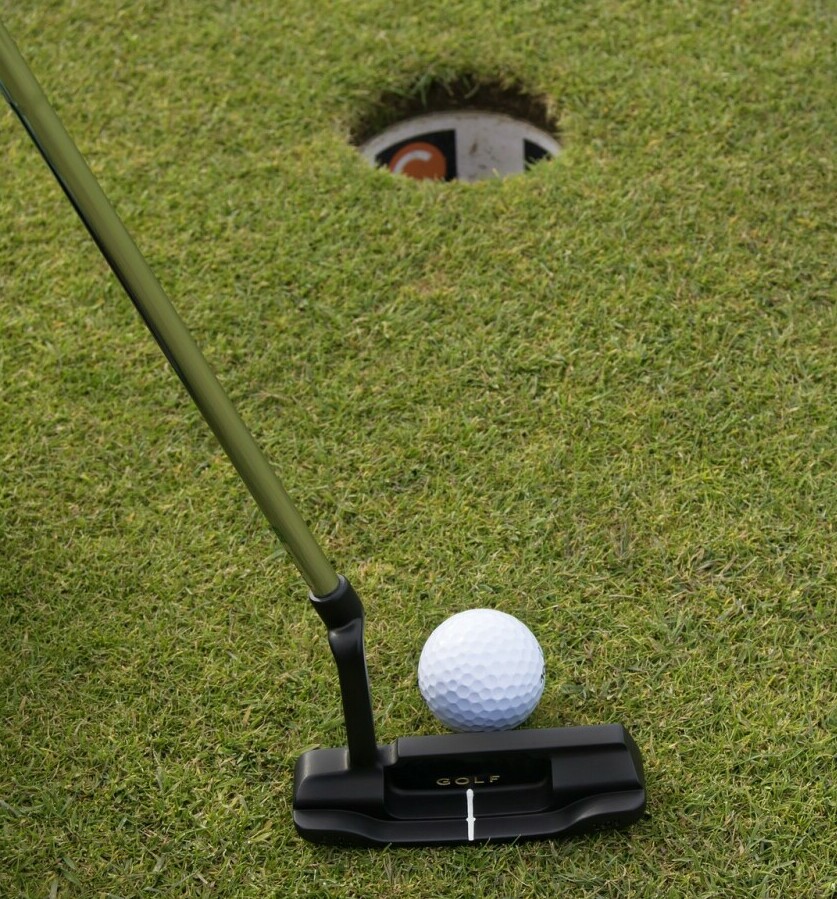How To Use Scorecard In Golf


Fore! Quick note: a few links here are affiliate links. If you snag gear through them, I earn a small commission — no extra strokes added to your game.
A golf scorecard is kind of like your mentor on the course. It’s the tool that helps you keep track of how you’re doing as you go from hole to hole. At its core, it’s an organized grid showing details of the course and your game, hole by hole. This is the golf viking, and today we’re diving into something every golfer will want to know how to use, the scorecard.
A typical scorecard will show you a list of all the holes on the golf course. Next to each hole, you’ll find the par. This number is what the course designer believes an expert golfer should need to complete the hole. For example, if a hole is a par 5, they’re saying it should take five shots to get the ball in the hole. This number is vital to keeping you score so it’s essential to understand golf scoring if you are to decipher what your scorecard actually says about your game.
Key elements on a scorecard include identifying each hole by number and its length. It also contains the stroke index, which tells you the difficulty of each hole—lower numbers mean harder holes. This handy piece of paper is actually packed with info that helps you plan how you’re going to tackle the course. So don’t overlook this useful tool. Many golfers will simply use the scorecard as a piece of paper to track their score, but the scorecard has valuable information that you can attain about the course.
A scorecard offers more than just numbers and names. It’s a map and guide to the course’s layout. Each hole’s info—like length and par—is crucial for strategizing your game. Plus, by understanding the par and stroke index, you can better appreciate the course’s design and what it demands from players. This is why it’s important to understand how golf scoring works in order to get the most out of your scorecard.
Understanding how to read and fill out a scorecard starts with knowing the basics of the game. Check out our guide on what is golf about? to get a clear overview.
Ready to level up your golf game? Click here.

Navigating the Game: Using a Scorecard Effectively
Getting the most out of your scorecard is all about knowing how to use it right. Start by jotting down your score after each hole, making sure to include any penalties you might have picked up. So in the box underneath the number of the hole you are playing you write the number of strokes you got on that hole.
As you play, you’ll encounter situations needing a stroke penalty. These include things like hitting the ball out of bounds or into a water hazard. Keeping track of these will help show areas for improvement later on. So when tallying up your score, make sure to add strokes when you hit your ball in the water or out of bounds.
Remember to note the ‘birdies‘ for holes where you finish under par, or ‘bogeys‘ for those where you score over. These notes hint at personal strengths and weaknesses over time, showing where you might need more practice or strategy. If you have a scorecard full of birdies, then congratulations, you’ve played a great round of golf. But if you are like most of us with a scorecard full of bogeys (or worse), you can tell how you may need to improve.
Using a scorecard strategically isn’t just about writing numbers. It helps guide your game by spotlighting trends—where do you often hit it extra well or fall short? Are certain holes giving you more trouble? For instance are you struggling on par 3s or getting birdies on par 5s?
Common errors include forgetting to mark your score or miscounting strokes. Double-check not only yours but also others if you’re marking for your buddies, as accuracy is key. This can be tough as there are many things that can distract you while you are playing through the hole, but try your best to keep track of your strokes so that at the end of the hole you will have an accurate picture of how you are performing.
Keeping track of your strokes is easier when you understand course strategy. Learn how to tackle hazards and approach shots in how to attack a short par 4.

Decoding Golf Scoring: More Than Just Numbers
Golf scoring might seem pretty straightforward, but dive a little deeper, and you’ll see there’s more to it than meets the eye. Understanding the jargon like ‘par’, ‘birdies’, ‘eagles‘, and ‘bogeys’ can immensely impact how you perceive the game.
Par is the standard number of strokes that an expert golfer is expected to need to complete a hole. When you make it to the hole in one stroke less than par, that’s a birdie. Go two under par, and you’ve hit an eagle. But if it takes you more strokes than par to hole out, that’s when the bogeys (or worse) come into play.
The term ‘handicap‘ comes up a lot. This number represents a golfer’s ability, making it easier to ‘level the playing field’ between players of differing skills. If you track your scores carefully, you can calculate your own handicap, helping you to gauge where you stand compared to others. This is another good reason to track your scoring. Other golfers or when you play tournaments they may want to know what your handicap is so that they can put you in the right bracket or team.
So what’s a good score? Well, that really depends on your experience and the course difficulty. For many casual golfers, breaking 100 is an exciting milestone. Professional players often aim much lower, depending on the par of the course. So this number can vary by a wide range depending on how skilled or experienced of a golfer you are.
Keeping score over several rounds lets you spot trends and measure progress. By comparing previous scores, you can set realistic targets or tackle similar challenges with adjusted strategies. The consistency—or lack thereof—can tell you a lot about your overall game. So how can we use scorecards to help our gameplay?
Understanding par, birdies, and bogeys on your scorecard can be reinforced by learning about professional play in what is the PGA tour?

Scorecards: Insights into Your Golf Game and Course
Scorecards do more than just track numbers—they offer a window into your personal playing style and help identify areas ripe for improvement. By looking at which holes you consistently score well on or struggle with, you can tweak your approach to play to your strengths.
The scorecard isn’t just about your play. It offers insights into the course, too. By checking out the hole details like length and layout, you get a heads-up about various challenges like water hazards or tricky fairways. Don’t overlook those slope ratings, which indicate playing difficulty beyond just distance and par values.
Pro players often dive into the nuance of scorecards to boost their gameplay. They analyze patterns and make strategic tweaks based on past performances marked on their cards. You can learn much from a scorecard if you pay attention to what it’s showing you.
Using the data from your scorecard, it’s easier to set realistic goals tailored to your current status and track your journey over time. Being honest with your scorekeeping means you can genuinely see where you make improvements, whether it’s hitting longer drives on par 5s or sinking those tough putts more consistently. I’ll see you out on the golf course, scorecard in hand!
Finally, reviewing your scorecard after each round can help identify swing flaws. Pair this with guidance from how to recover from a bad hole and stay focused.


